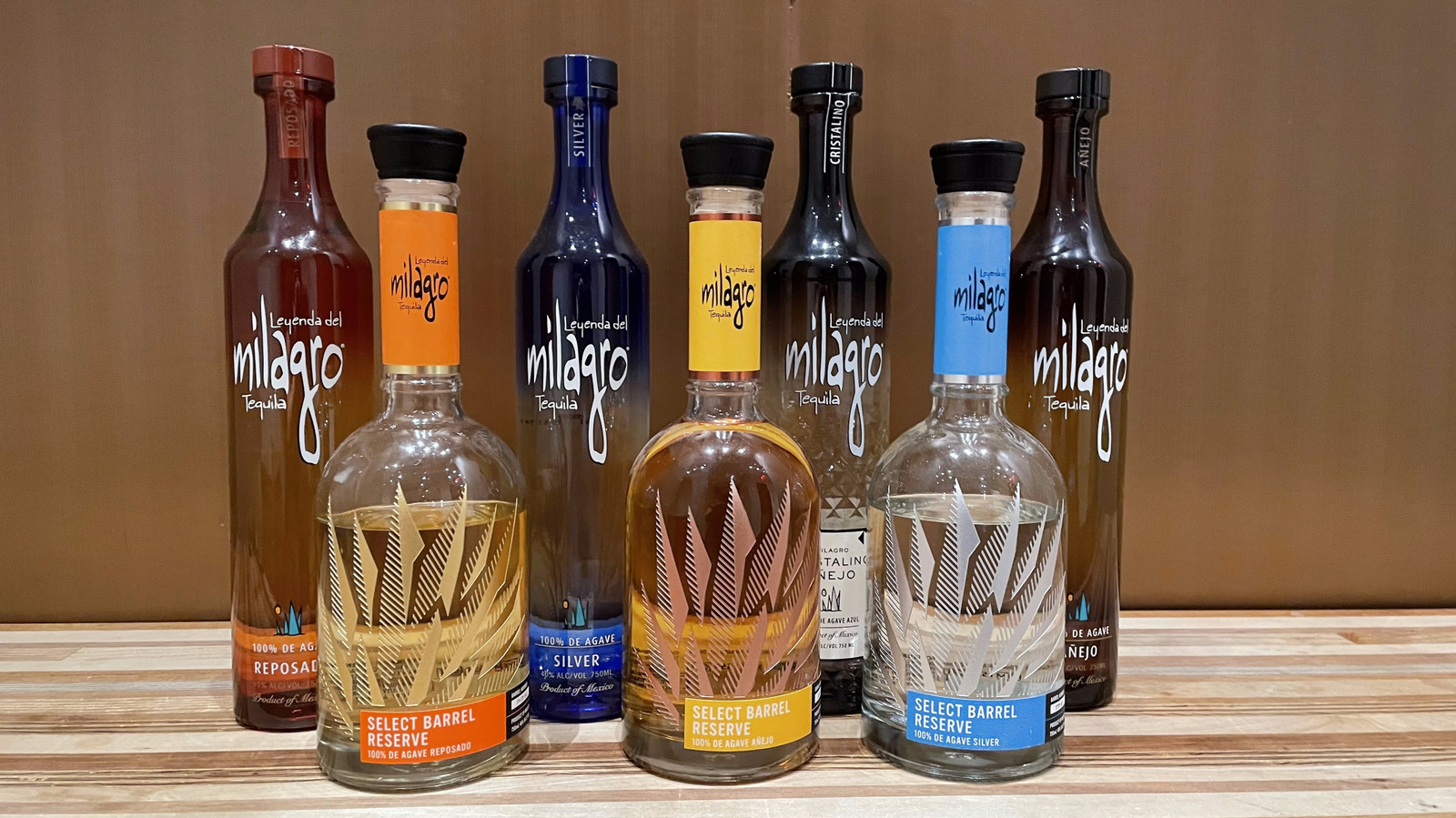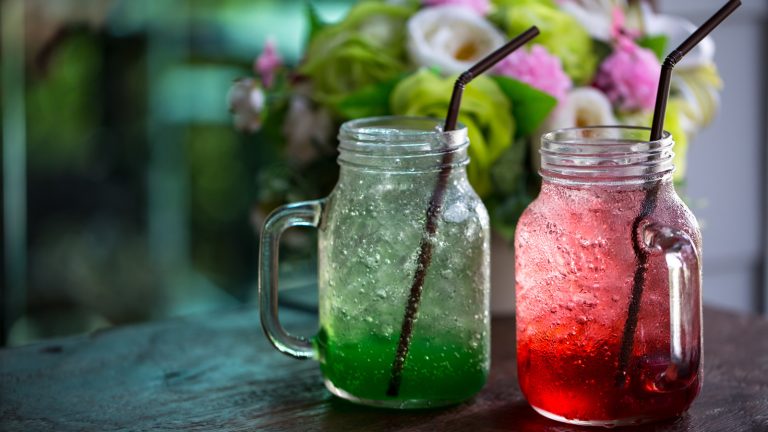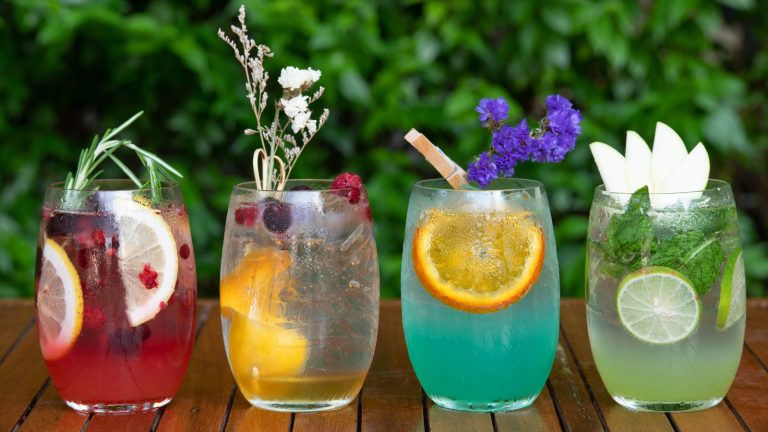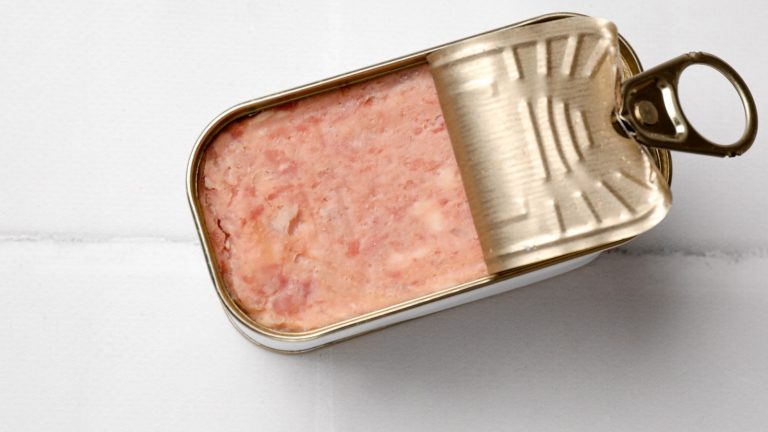In addition to exploring the full history of the traditional tequila shot and famous cocktails every tequila lover should know, I’ve been on a complicated journey with the beverage in my time as a bartender and as someone who enjoys a well-made cocktail and smooth drinking spirit. I drank a lot of the cheap stuff in college (as you do), and then again when I moved to New York and was broke (also as you do), finally swearing off of it on a fateful New Year’s Eve when I discovered I could no longer keep it in my system.
Many years later, after both discovering tequila’s smokier, and in my opinion, more palatable cousin, mezcal, and having multiple conversations with fellow bartender friends about how I needed to give tequila – good tequila — a second chance, I slowly started reintroducing it into my drink rotation. To my surprise, I found a variety of tequilas I actually enjoyed, including Milagro. So when I was given the chance to sample all seven of its offerings on the market, I was actually excited. Here are my rankings of the Milagro Tequilas, on a scale from rough night out to excellent tomorrow.
7. Milagro Silver
It feels slightly unfair to call this tequila the “worst.” There’s nothing objectively wrong with it; it’s just not my personal favorite of the offerings, as I don’t love most blanco, or silver tequilas, generally. A silver is typically aged less than two months (making it much younger than the other bottles on this list) and usually goes straight into the bottle after the distillation process. This also makes it less smooth than a reposado or an añejo, and therefore less preferable for me, personally.
The color is crystal clear, and tequila experts often call a silver the purest expression of the spirit due to no additional aging changing the hue or taste of the blue Weber agave, which is what tequila is made from. This bottle costs approximately $25, so if you are one of those patrons who loves a clean, slightly citrusy tequila for the perfect margarita recipe, this bottle may be for you — it’s just not for me.
6. Milagro Select Silver
The Select gets the nod over the regular Silver because it’s slightly aged, which gives it more of an earthy taste. It doesn’t have those sweet flavors of the Reposado but instead is bright and herbal. The Select Silver version of Milagro does have a hint of mint and is clear as glass.
Some Blanco consumers have mentioned a traditionally peppery taste, which I didn’t pick up in this spirit. Again, I generally prefer the Reposados, which is why this bottle is lower on the list, but it’s still a relatively smooth tequila. Milagro recommends adding actual mint or mixing this into a “high end margarita,” which seems like a good use for it, as it has just enough conventional tequila taste to give it some bite if you’re drinking it straight from the glass. This bottle goes for around $40, which is not too bad, but I’d prefer to spend my money on a couple of the bottles ranked higher on this list.
5. Milagro Cristalino Añejo
Ringing up as the most expensive bottle on this list at $60, you might think price equals taste. However, I’ll go back to saying rankings often reflect someone’s personal palate, and while the Cristalino certainly has more complexity than some other spirits here, it’s not quite as smooth or enjoyable to drink on its own as the Reposado. It is Milagro’s newest addition, though, and is worth giving a chance.
The full name of this bottle includes “Añejo,” which literally translates to “old” in English. This Milagro tequila has been aged the longest (18 to 24 months) in both American and French oak barrels, and then charcoal-filtered to give it a clear color, which is what sets cristalino apart from blancos and some other types of tequila. For me, the taste falls somewhere in between the Silver and a more traditional añejo. I didn’t get much of the sweetness that an oak barrel can bring out, but there is a smooth finish that lends itself to sipping slowly. Milagro recommends this one with a twist of grapefruit, and perhaps that would bring out some different fruity notes.
4. Milagro Select Añejo
The Select Añejo is the second priciest bottle here, retailing at $55, and again, although some tequila fans and experts might argue that age and cost equals quality, I just found this spirit too dry on the finish to really enjoy. The aroma is the most interesting; it’s a mix of a nutty, bitter chocolate and oak from the almost three years it spent in the barrel, which also contributes to its darker color. It’s a little spicy on the tongue, and for me, doesn’t go down as smooth as the Reposados or even the standard Añejo.
Sometimes, it’s suggested to pair an añejo with dried fruits and dates, which I didn’t have on hand for this tasting. I do wonder if adding something either with some sweetness or tartness would cut the dryness or enhance the vanilla tones that are meant to be found. As a bourbon drinker, this flavor profile is definitely reminiscent of something in that family.
3. Milagro Reposado
We’re now getting into my favorites of the Milagro brands. I have always enjoyed a reposado (meaning “rested”) as a bourbon drinker. Both are aged in oak barrels, which gives the spirit a more complex flavor and distinct golden hue. They are also a little sweeter as opposed to the spiciness of the Silvers. While the regular Reposado has a bit more bite than the Select (more on that later on), it’s still very drinkable.
This spirit is aged two to four months in American oak barrels, so it retains some of that blonde color, although it’s slightly lighter in hue than the Select. This tequila tastes a bit like a peppery fruit, so perhaps it would be great in a spicy margarita. And while the best type of tequila for Palomas is a blanco, this could also work, and you could add a Tajín rim. The bottle retails for about $25, and at that price point, it’s a super affordable option if you want to have something sippable on the shelf or want to up your cocktail game with something slightly nicer.
2. Milagro Añejo
As mentioned with the Select Añejo and Cristalino, an añejo tequila is aged the longest of any of the others and thought of as the most complex of the group. While this Milagro shares qualities with the Select and Cristalino, I prefer the sweet spot of the 14-month aging process here, which leaves out most of the citrus in a silver but still includes the oak. The Añejo has warmer flavors closer to a reposado: juicy stone fruit with hints of coconut and butterscotch. The color carries that amber hue imbued by the oak barrel it lived in as well.
This bottle is slightly pricier at $35 but still a pretty good deal considering the work that went into aging it. Personally, I also wanted to savor the taste of this Añejo longer than the Silvers, and while you could use this in a tequila cocktail (or even something heavier like a Rosita or an Oaxaca Old Fashioned), it’s delicious to drink neat or on the rocks as well. One potential pairing is a dark chocolate for a truly indulgent evening.
1. Milagro Select Reposado
Here it is, my favorite of the Milagros: the Select Reposado. In this case, the Select is slightly smoother than the regular Reposado, as it’s aged longer and in two different types of barrels: two to four months in an American oak barrel and another four to six months in a French oak barrel. The bottle retails at about $45, so it’s one of the pricier options, but it’s well worth the money if you’re going to drink the tequila straight or on the rocks and want something to enjoy by itself.
I found this tequila slightly honeyed both in taste and color, which is typical, with the cinnamon and caramel notes that Milagro mentions coming forward, and I even picked up a bit of vanilla. It tastes less boozy or even like a less traditional tequila to me and definitely something I could spend time sipping on. Milagro suggests to add an orange twist or to mix it into a Paloma, and I could see the sweetness balancing nicely with citrus flavors.
Methodology
Since all of these tequilas are recommended to be consumed both neat and on the rocks, that’s how I sampled all of them. I spread out the tastings over about three days so that I could begin with a clean palate each time, and I started with a whiff of the bottle and the spirit in the glass, followed by a pure taste of the tequila. I then added two rocks to my glass and tried the alcohol again to see if the chilled glass made a difference — it rarely did.
I did try to sample the similar varieties within a couple hours of each other to appreciate the complexities that differentiated them. This is the first time I’ve done a proper tequila tasting with the beverage in multiple glasses (without doing shots or mixing it into cocktails), and I enjoyed tasting the distinct notes and flavors in a new way. Although this list is meant to be a ranking and I want to caveat that a different taster might have their own unique preferences, this opportunity certainly gave me a new understanding and appreciation for the Milagro brand.





